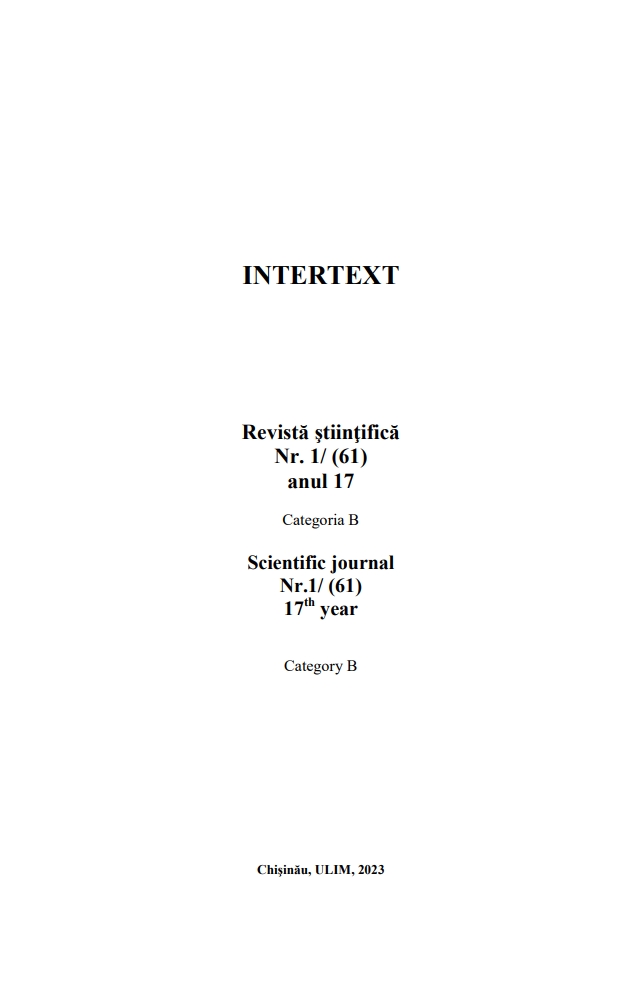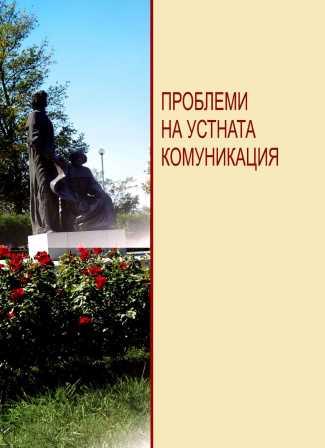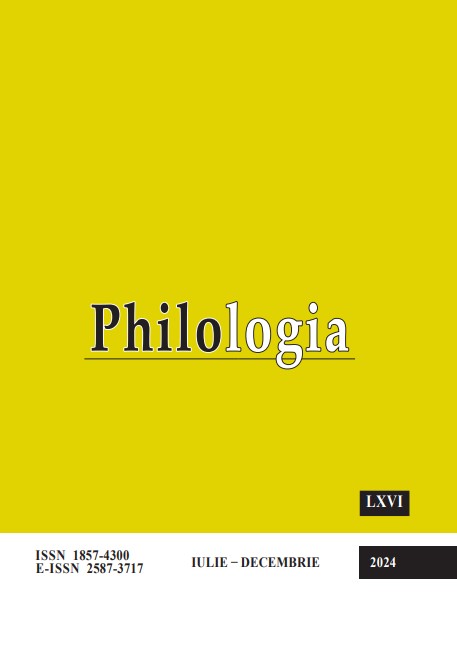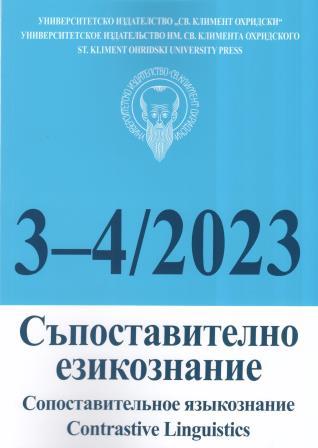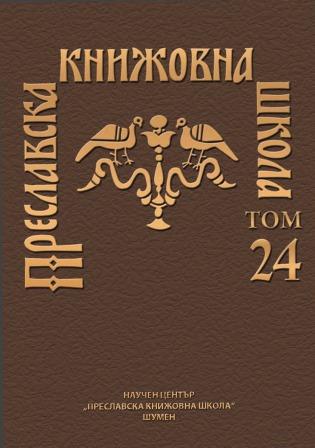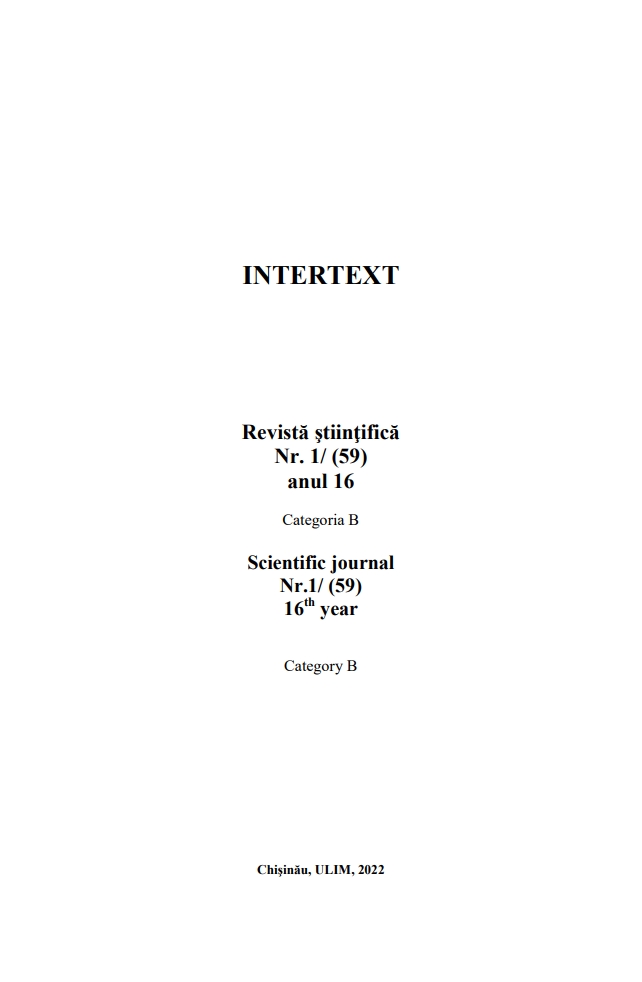
LEXICAL OPERATIONS AND STRUCTURAL FLEXIBILITY OF MWUs
Multiword Units constitute the study object of semantics, linguistics, cognitive psychology, lexicography and obviously, machine translation. Different taxonomies, typologies and classifications exist, there are debates regarding the denomination of the hyperonymic concept and its ramifications, which we take note of. These linguistic units make up a significative layer of the language, and is present in the registers belonging to different functional styles in different proportions. The present article explores the degree of flexibility, cohesion, formulaicity and syntagmatic mobility of MWUs in a special publicistic genre – the TED discourse. Our aim is to study how these prefabricated, bound lexical units behave in the live texture of language, as is used by diverse personalities starting from Nobel Prize laureates, to researchers, innovators, explorers, motivational speakers, influencers. The conclusion is that the vast majority of MWUs can be subjected to morphological variation to fit the context. The most productive lexical operation encountered in our case studies is lexical modification consisting in altering, adjusting, changing one element of the MWU without breaking its collective meaning. In what concerns the structural flexibility, there are several cases of fronting, topicalization, passivization, nominalization, clefting. Overall the cases of structural flexibility are clearly operated with a stylistic effect in view and more exactly – for emphasis.
More...
